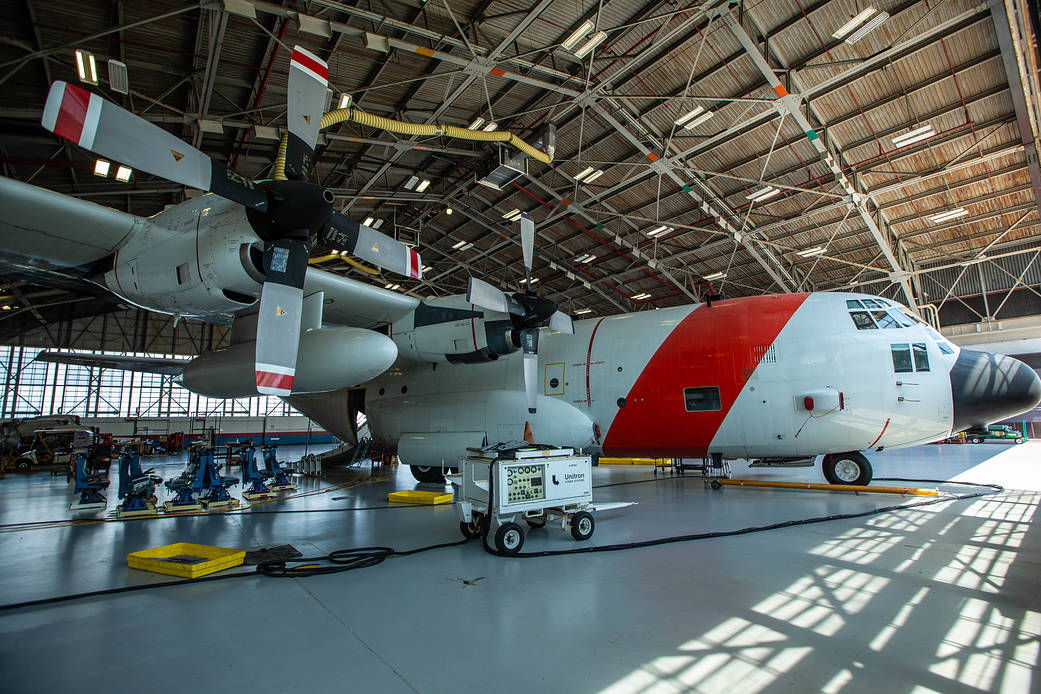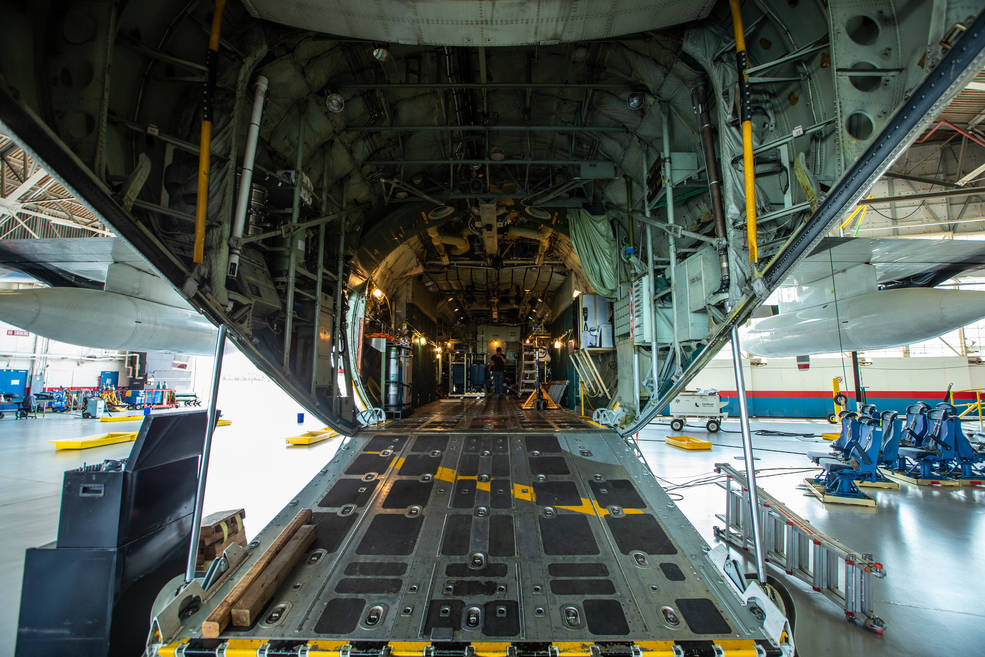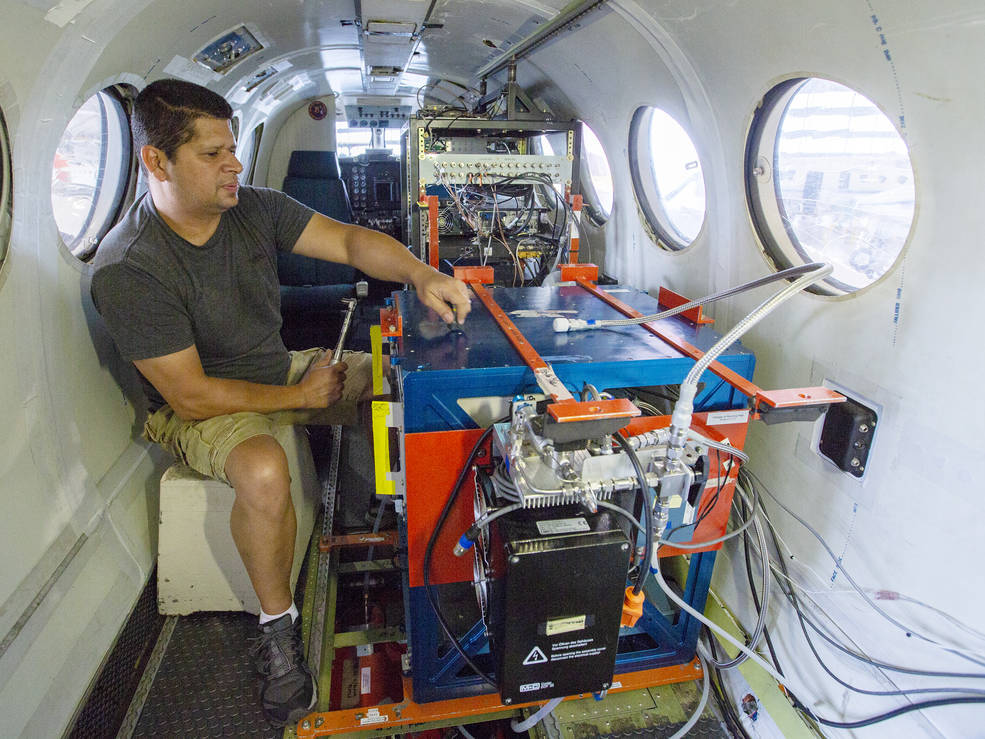As families across the country take to the sky to kick off well-earned summer vacations, a group of scientists from NASA and academia is taking to the sky, too — but this is no vacation. These scientists are buckling into research aircraft for Atmospheric Carbon and Transport-America, or ACT-America, a NASA airborne science study that’s returning to the field for the fifth and final time to measure how weather moves carbon dioxide and methane through the atmosphere over the eastern part of the United States. By targeting that transport, scientists will better be able to understand how and where those greenhouse gases are cycled into and out of the atmosphere. An improved understanding of those cycles, or fluxes, will allow researchers to improve our understanding of the forces driving climate change. Flights began this week out of Shreveport, Louisiana. In the coming weeks, home base for the campaign will move twice — first to Lincoln, Nebraska, and then to coastal Virginia. Those changes in location allow researchers to conduct flights over wide swaths of the country east of the Rocky Mountains, where weather is active and the biosphere diverse. The first set of ACT-America flights took place in summer of 2016. Subsequent flight campaigns took place in winter and fall of 2017, and spring of 2018. This will be the only set of flights to repeat measurements for a season. That’s because summer is particularly rich with greenhouse gas activity. Ken Davis of Pennsylvania State University, University Park, is principal investigator for ACT-America. Michael Obland of NASA’s Langley Research Center in Hampton, Virginia, is project manager for the study. — Photo by NASA/Patrick Black
2 min read





























